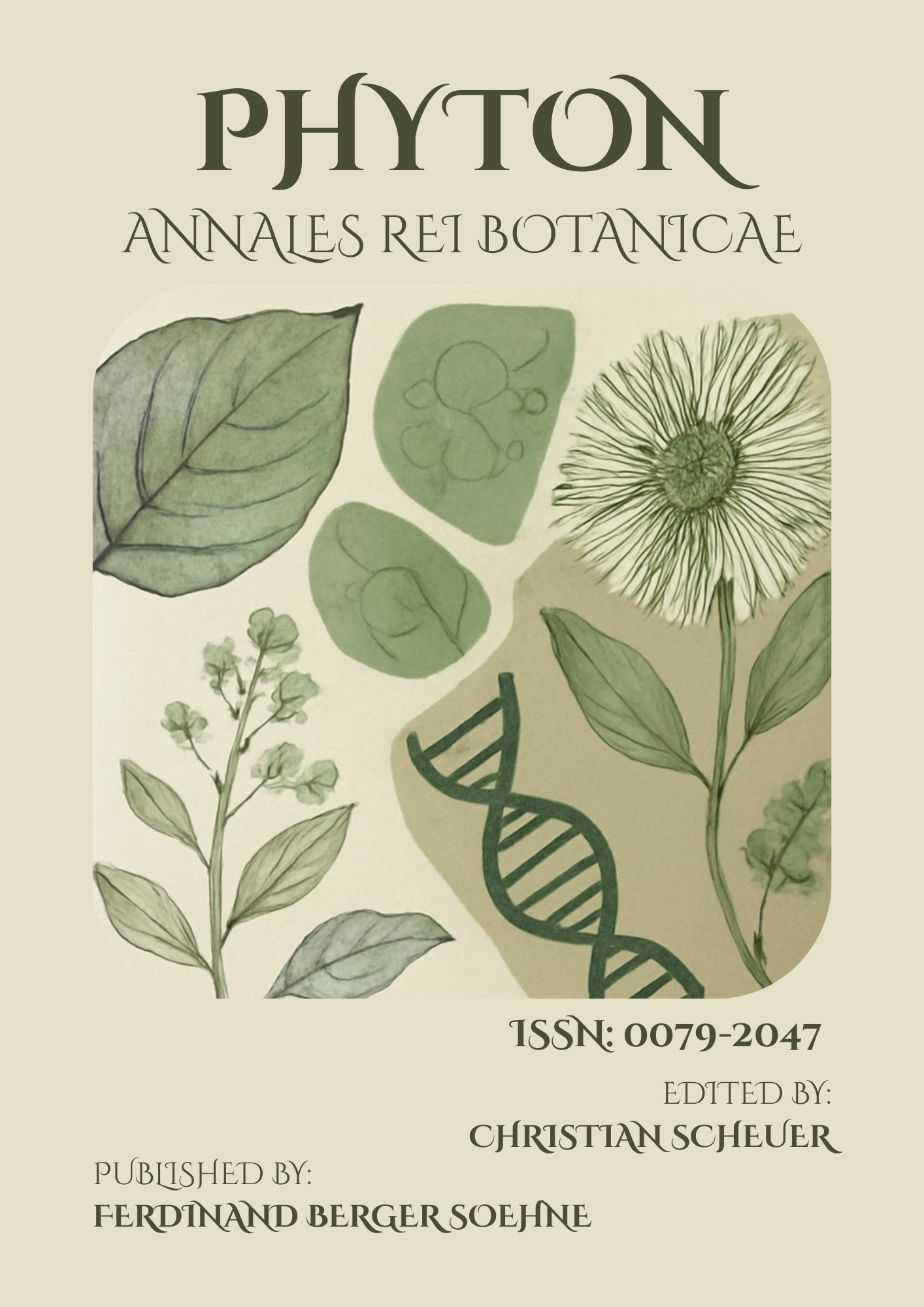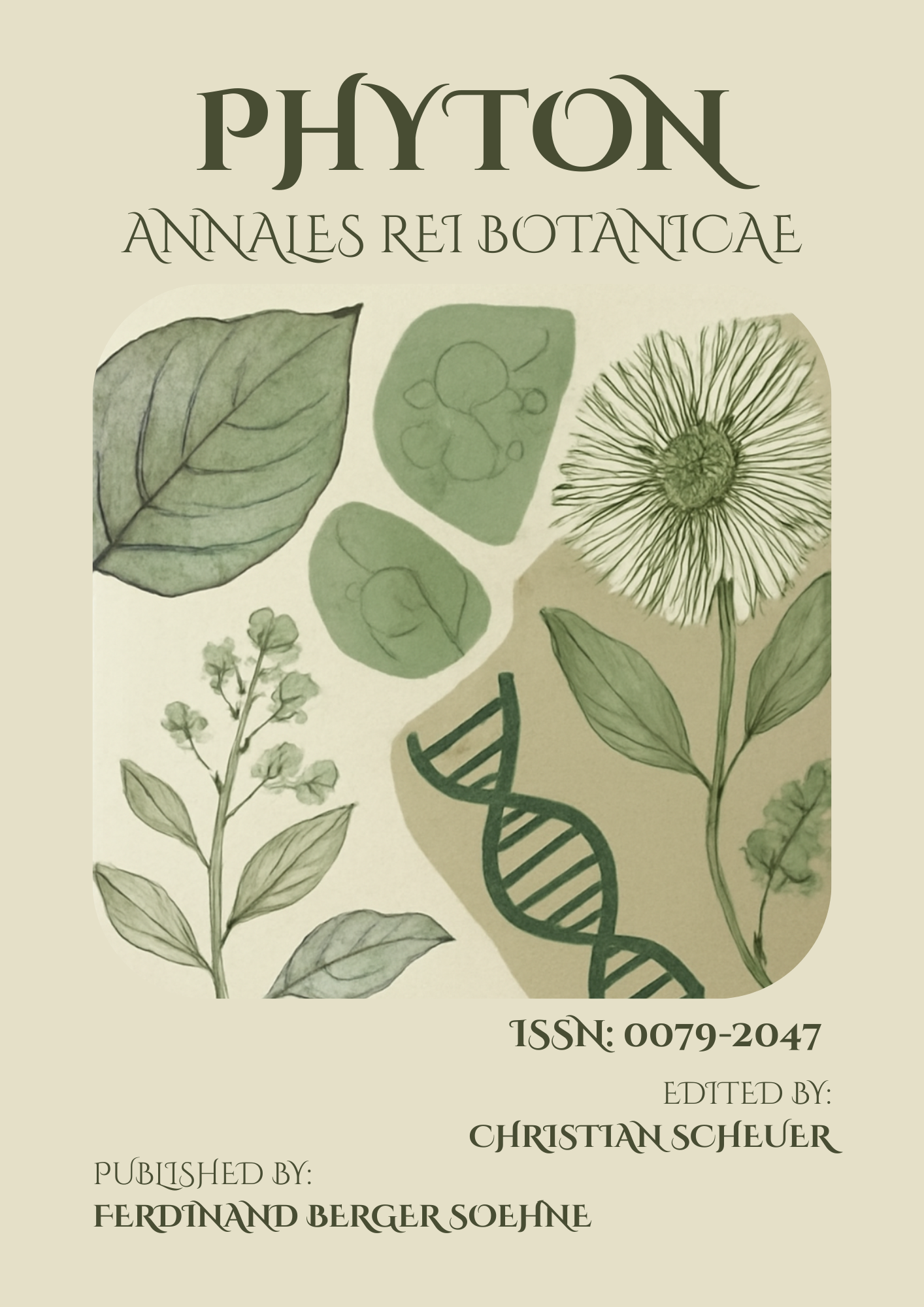New Zealand Native Flora and Their Role in Soil Erosion Control: A Study of Vegetative Restoration Techniques
Keywords:
native flora, soil erosion, restoration, New Zealand, vegetationAbstract
Soil erosion is a significant environmental issue in New Zealand, particularly in areas with steep slopes and frequent rainfall. Native flora has long been recognized for its role in stabilizing soil and preventing erosion, but its potential in large-scale restoration projects has not been fully explored. This study investigates the effectiveness of native plant species in controlling soil erosion, focusing on groundcover plants and deep-rooted species that improve soil structure and water retention. Using a combination of field trials and laboratory simulations, we assessed the root development, biomass production, and soil binding strength of native New Zealand plants such as tussocks, flax, and native grasses. Results indicated that certain species, especially those with extensive root systems, significantly reduced soil displacement during heavy rainfall events. Additionally, we found that native plants contribute to increasing microbial diversity in the rhizosphere, which in turn enhances soil fertility and structural integrity. The study also compares the performance of native plant restoration efforts to conventional exotic grass planting, showing that native species provide more sustainable long-term benefits in terms of soil health and ecosystem restoration. The research provides key insights into the role of native flora in environmental restoration projects and offers practical solutions for mitigating soil erosion in New Zealand's vulnerable regions.
Published
How to Cite
Issue
Section
License
Copyright (c) 2022 PHYTON-ANNALES REI BOTANICAE

This work is licensed under a Creative Commons Attribution-NonCommercial-ShareAlike 4.0 International License.
This article is published under the terms of the Creative Commons Attribution-NonCommercial-ShareAlike 4.0 International License (CC BY-NC-SA 4.0). Readers may share and adapt the material for non-commercial purposes, provided appropriate credit is given and adaptations are shared under the same license.



